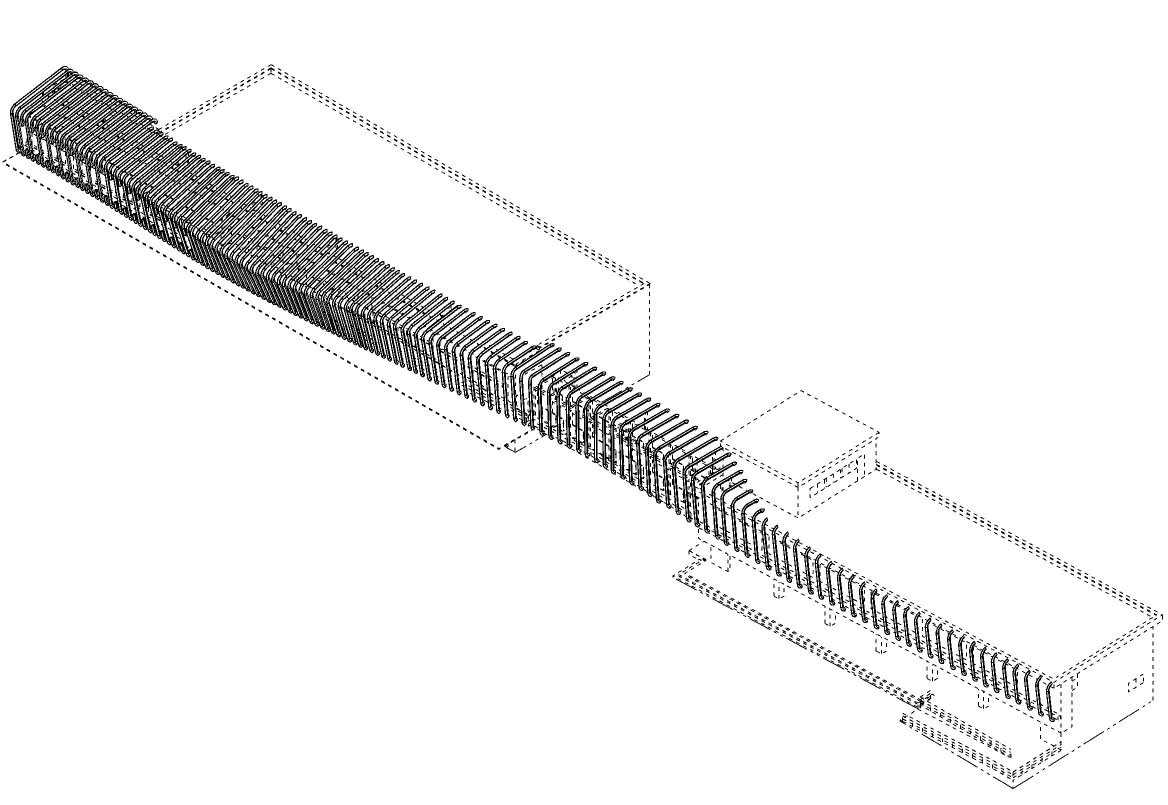From football stadiums to railway stations…covering the bigger picture with registered designs
When it comes to registered design protection, frequently seen are those design registrations relating to consumer goods, or other products of a relatively small size. That being said however, often overlooked in the context of registered design protection in many territories around the world is the possibility to protect altogether larger-scale construction projects, which in many of these territories can also be protected with a registered design.
This is so not least in Japan where we are starting to see an increasing number of such large-scale construction projects/designs being registered. In that respect, recent changes in design law coming into effect from April 2020 now allow Japanese design registrations to be pursued in respect of such larger-scale designs. An example of this is shown below in the Japanese design registration JP 1671774S, recently registered on behalf of the East Japan Railway Company and which is directed to the shape of a station building.

For the sake of completeness, it is to be noted that in the EU, Germany, and the UK as well, such large-scale designs and construction projects are similarly protectable with a registered design. This includes, for example, designs directed to swimming pools; railways stations; football stadiums; racing car tracks; or even a Christmas market.
Appreciating the above, one of the cornerstones of valid registered design protection is the fact that a given design must be suitably new and visually distinctive over what has come before it. In other words, if a given design is publically disclosed before it is pursued as part of a registered design application, this public disclosure might in many territories around the world prejudice the validity of any design registration which is subsequently applied for in respect of the design. Conscious of this, for those contemplating any form of design registration protection in respect of a particularly visually striking large-scale structure, key in this respect will be in registering the design early, that is, at the initial commissioning/architectural stage of its production, and before the design is publically disclosed.
As early registration of the design may be often necessary in order to achieve valid protection, it is to be noted that there are various mechanisms in place, at least in respect of design registrations made in the UK, Germany, and the EU, to allow for any such designs to be kept unpublished/hidden from the public eye for an initial period of time. This process is called deferring the publication of the design registration. Mindful of this, for those contemplating designs directed to larger scale subject matter as described above, use of the deferred publication scheme may be advisable. In this way, a design registration can be secured sufficiently early on in respect of the commissioning process of the design (that is, before the design is publically disclosed), whilst at the same time then being kept undisclosed itself as part of the deferred publication regime. Such deferred publication status for the design registration can then be retained until the time when the design becomes disclosed through other channels (for example, as part of a press release announcing the construction of the design), after which the design from the design registration can then be considered for publication too.
Why may design registration protection be advisable in respect of such large-scale designs as outlined above? One of the prime benefits of such protection is that it provides a registered right for better addressing any unauthorised use/reproduction of the design. Enforcement issues aside, the registered right can also provide a further (invaluable) tool for licensing out any potential use of the design covered by the design registration, for example, as part of any merchandising deals covering the design, or perhaps in respect of any request to reproduce the design in some form (either physically or potentially even electronically/virtually, such as in a video game or other simulation software). In this respect as well, from the UK/DE/EU perspective specifically, it is to be noted that a UK/DE/EU design registration can nominally be enforced in respect of any goods employing the protected design.
A further rationale for pursuing design registration protection in respect of such designs is from the cost perspective. In this respect, the relative cost of pursing a design registration covering the appearance of such a large-scale design, in the context of the overall cost for commissioning/ constructing the design, can be minuscule. For instance, a UK design registration can cost as little as £50, a German design is available for 60 EUR, and an EU design registration can cost as little as EUR 350. Tying in with is the associated speed of registration for such designs. In that respect, registered design protection covering the UK, Germany or the EU can be achieved in a mere matter of days or weeks.
Conscious of the above, for those considering registered design protection in respect of any forthcoming structure or large-scale design, whether this be a skyscraper; a stadium; or perhaps even a train station, crucial in this respect will be in ensuring that any ownership of the underlying design is ironed out from the outset. In this respect specifically, noting any design registration may need to be applied for very early on (before the underlying design has been publically disclosed), this might therefore practically mean registering the design whilst it is still at the architectural/ project development stage. That being the case, it will be crucial to ensure that a valid agreement is in place which appropriately assigns any design rights, from each designer responsible for devising the design, to the intended ultimate owner of the design.
So for those involved in the design and commissioning of large-scale designs, or other infrastructure projects, which have a particularly striking visual appearance, do perhaps consider pursuing one or more design registrations in respect of the design, and crucially before the design is publically disclosed in any form. Indeed, seeking this early design registration protection, which may not prove possible if left until later on, may ultimately yield an extremely powerful licensing tool to both you and any ultimate owner of the design. In essence therefore, do not leave pursuing the design registration until it is too late; act as early as possible!
